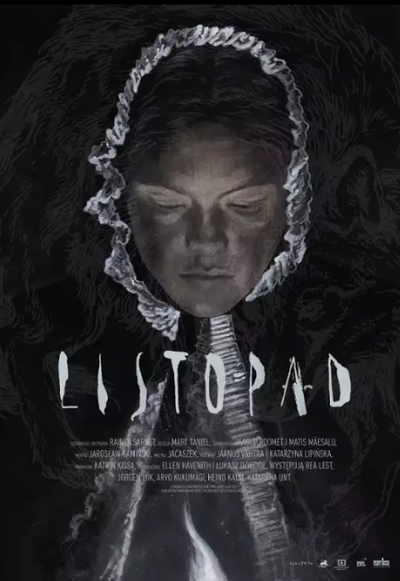Folk horror marathon: November + Lord of Misrule + The Mask of Satan
Czas trwania: 340 min.
Rok produkcji:
Kraj pochodzenia:
Reżyser:
"November"
"November" is a dark fairy tale, horror, and an extraordinary love story at the same time. Based on an Estonian bestseller, the director created a one-of-a-kind film concoction that evokes 19th-century folklore in an incredibly original and impossible-to-imitate way. "November" tells the story of villagers trying to survive the winter, and a young couple struggling with love problems. The story is immersed in local beliefs that permeate every sphere of the characters' lives - the dead return to the world of the living to meet their family members, the characters make pacts with the devil and prepare magic elixirs. "November" was Estonia's Oscar candidate and one of the biggest hits of local cinema in recent years. The beautiful, painterly cinematography by Mart Taniel was awarded at the prestigious Tribeca festival.
"Lord of Misrule"
Rebecca Holland has recently been living and working as a clergyman in a small town. When her daughter Grace is killed during a local harvest festival, a desperate search begins. As they get closer to finding the girl, more secrets emerge from the town's dark past. Soon, Rebecca must decide how much she is willing to sacrifice to save her daughter from the clutches of evil.
"The Mask of Satan"
"The Mask of Satan" is the feature-length, independent directorial debut of Mario Bava. And in it, the Italian pioneer of genre cinema clearly showed that he would take no prisoners. First, Bava decided to take a risk by adapting a story by his beloved Gogol - despite the fact that horror was not popular in Italy at the time, and Italian audiences believed that local filmmakers were incapable of making horror films. Second, the extreme level of brutality and erotic subtext for 1960 led to the film being banned by the censors in Great Britain and heavily cut before distribution in the United States. Although “The Mask of Satan” was not a hit in its native Italy, it inspired dozens of gothic and folk horror films in the years that followed—and three decades later, it also influenced Francis Ford Coppola, who borrowed its visuals for his “Dracula.” The atmosphere of terror, built with brilliant black-and-white cinematography and Robert Nicolosi’s score, enveloped the audience, and Barbara Steele, in the leading role, became the first scream queen in European cinema.

